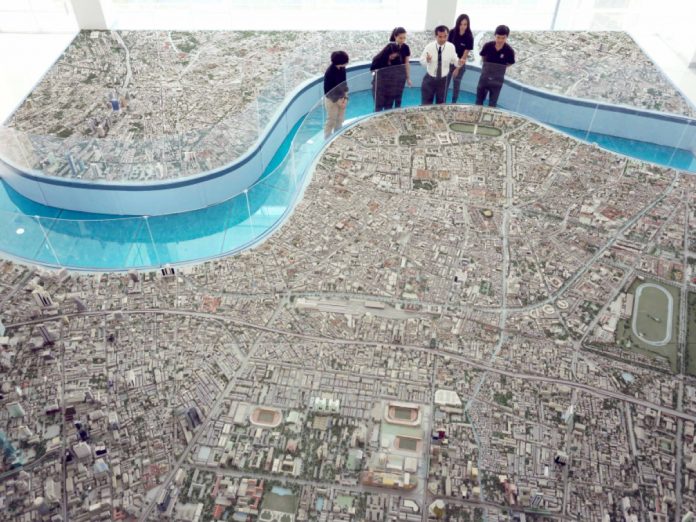Mr. Chatchart Sitthiphan, Governor of Bangkok, said after the meeting to supervise the activities of the Bureau of Planning and Development that while everyone believes that city planning is a problem for the city, such as floods and traffic, it is not simple. Because it is intricate in many ways, for example, look at the Bangkok city plan. It appears to be a color chart. Red, orange, brown, and yellow are the most commonly used colors, with red being the commercial area, purple industrial, orange is a densely populated area, and so forth.
It turns out that a quick glance at the color chart reveals it to be comparable to a plot that calculates the value of land.
It does not stipulate what should be developed, simply how much maximum tax revenue each region may create. It turns out that the individuals in this color chart intended to build on the highest-paying returns in order to make the city model flourish as much as possible in terms of demand, price, and economic advantages.
This is a design that may have to be explored in the future in order to establish whether urban planning should influence the direction of the city rather than determining what is most likely to be developed in a given region. So perhaps a fresh strategy is required.
Mr. Chatchart further stated “At the same time, we spoke about building a new metropolis on the boundaries of the nation, and whether or not we could locate a place near Lat Krabang. And we may work to create an ideal city that may also be the area of the government agency where the region is located, such as the National Housing Authority, which has hundreds of acres of unoccupied land in the area.”
By collaborating with the Office of City Planning and Development, we may create a new city that includes not just homes but also offices, schools, parks, transportation, and hospitals.
The capacity to create the city plan so that it may evolve into a whole city in and of itself will minimize travel into major cities. This will be challenging, but it may be a concept in some of these large plots that will be considered here.
It is also critical to make municipal planning information available.
It is now being discussed with numerous authorities in order to request disclosure so that the information might be released to the business sector for development or benefit.
Because some of the challenges around information release involve security and personal information, the general rule is to provide as much information as feasible. The information on land and construction taxes is very intriguing. The database is currently incomplete; around 1,112,000 plots are missing, almost half of which may be minor plots with little tax value. All of the huge parcels of land utilized to pay the home tax should have been put into the system. It’s possible that a few tiny plots will need to be developed. This must happen very quickly and be discussed with the Office of Finance so that a database can be created as soon as possible to ensure equitable land taxes and home taxation.
The public hearing for the revised town plan has already taken place. Due to the necessity to attach extra charts, the charts may need to be modified in accordance with the amended law. This is an excellent chance to review the city plan and strengthen the standards, and it should be taken advantage of. Furthermore, there are around 60 urban planning regulations dating back to 1959 that must be updated, canceled, and modernized. The purpose is to lead the city’s development and benefit to the greatest extent possible.
Mr. Wisanu Sapsomphon, Deputy Governor of Bangkok, and Mr. Narong Ruangsri, Deputy Permanent Secretary for Bangkok, as well as executives from the Bureau of Urban Planning and Development, attended official meetings in the conference room on the 4th floor of the Office of Urban Planning and Development.



